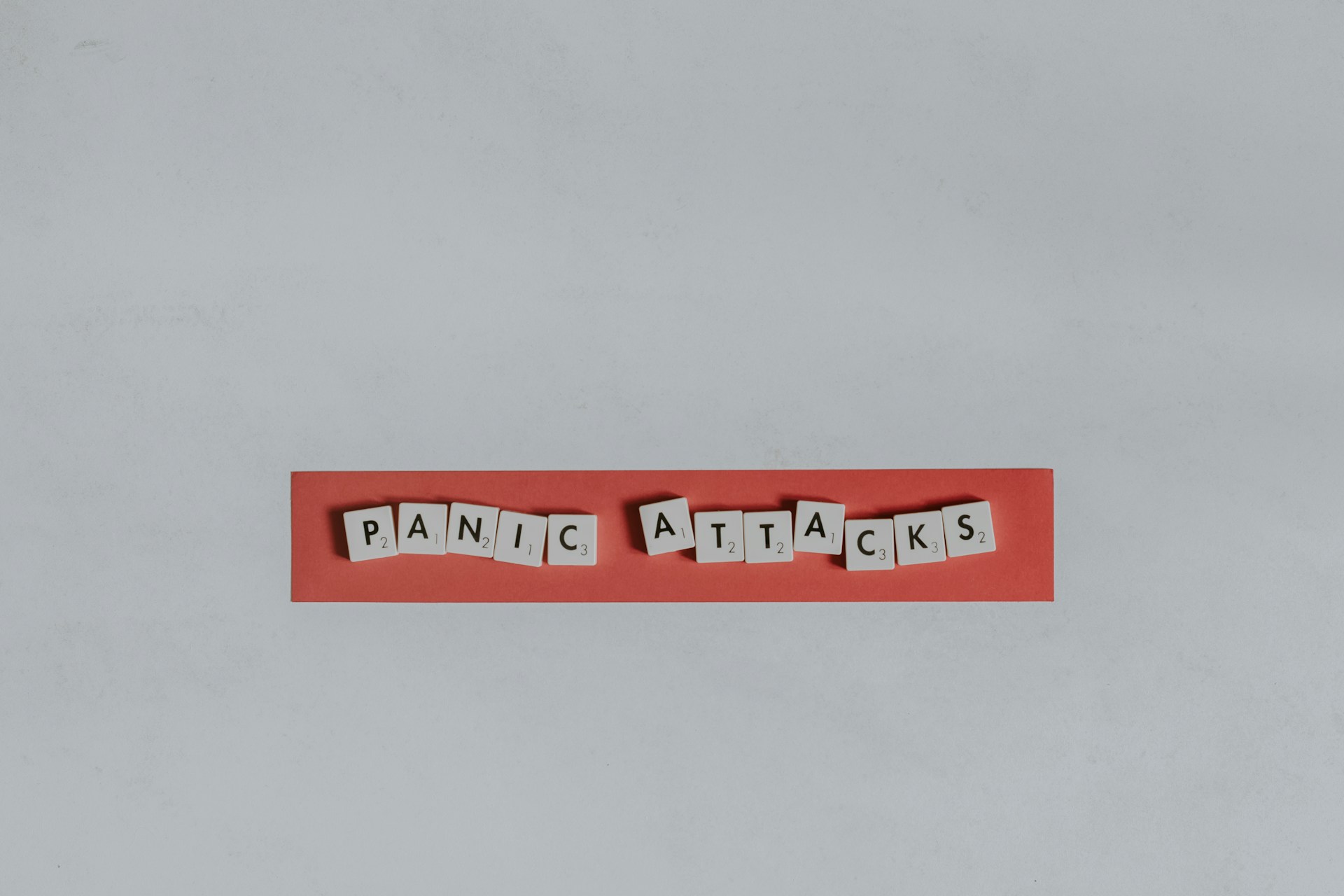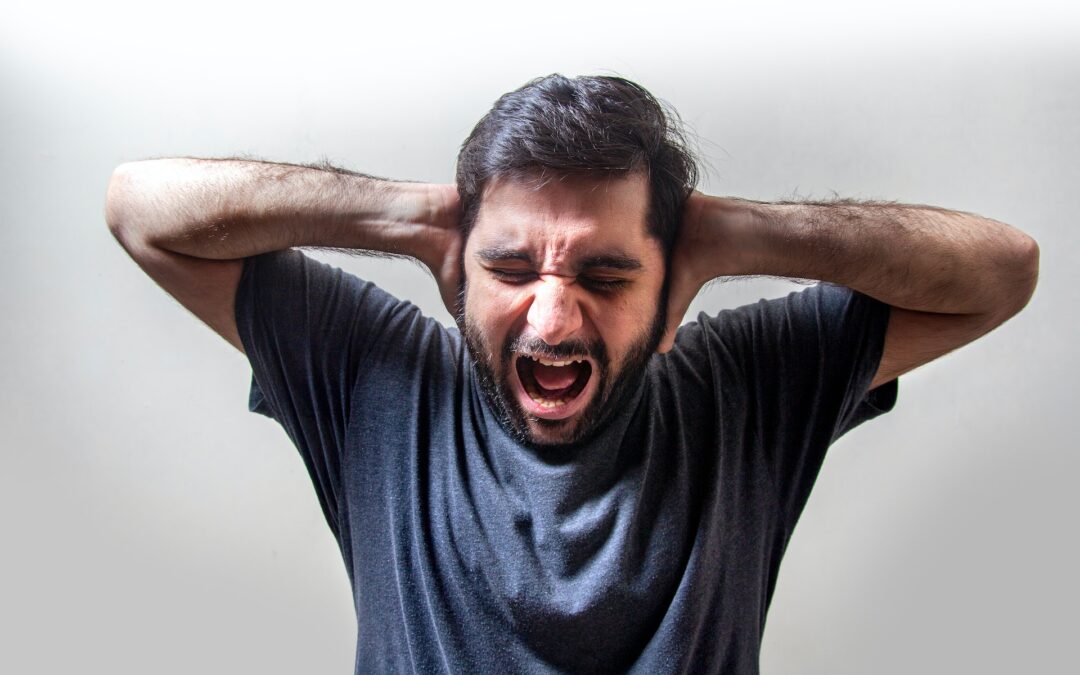Experiencing those intense feelings of fear and worry can be incredibly overwhelming, and it’s only natural to wonder whether it’s a panic attack or an anxiety attack. While these terms often get tossed around interchangeably, it’s important to understand that they represent unique experiences with their own symptoms.
In this article, we’ll take a closer look at the differences between panic attacks and anxiety attacks, helping you not only identify them but also learn how to manage these challenging moments effectively.
What Are Panic Attacks?
A panic attack is like a sudden thunderstorm of fear or discomfort that hits you like a bolt of lightning and reaches its peak within minutes. What’s tricky about panic attacks is that they can come out of the blue, without any clear trigger. The symptoms are so intense that they can mimic those of a heart attack, often sending people rushing to the emergency room during their first episode.
Common Symptoms of a Panic Attack
Rapid heartbeat: Your heart races, and you may even feel palpitations or chest pain.
- Shortness of breath: It can feel like you can’t catch your breath, almost like you’re choking.
- Sweating: You might suddenly break into a sweat, even in a cool environment.
- Trembling or shaking: Your body may shake uncontrollably.
- A feeling of impending doom: It’s as if a strong sense of disaster or death is looming over you.
- Dizziness or lightheadedness: You may feel dizzy or like you’re about to faint.
- Nausea or abdominal distress: Some people experience stomach discomfort or nausea.
- Chills or heat sensations: You could feel extremely cold or hot, adding to the discomfort.
What Are Anxiety Attacks?
Now, let’s talk about anxiety attacks and anxiety treatment in NYC. These are like the persistent drizzle that keeps soaking you, and they’re often linked to something called generalized anxiety disorder (GAD). Anxiety attacks typically rear their heads when stressors or specific situations trigger that ever-present sense of anxiety.
Common Symptoms of an Anxiety Attack
- Excessive worry: It’s like a never-ending loop of uncontrollable worry about various aspects of your life, including work, relationships, health, or finances.
- Restlessness: You might feel like you’re constantly on edge, restless, or just keyed up.
- Muscle tension: Anxiety can turn into physical tension, causing aches and pains.
- Fatigue: All that persistent anxiety can wear you out, leaving you tired and struggling to concentrate.
- Irritability: Small things might set you off, and you might become easily agitated.
- Sleep disturbances: Anxiety can mess with your sleep patterns, making it hard to fall asleep or stay asleep.
Distinguishing Between Panic and Anxiety Attacks
Picture this: you’re hit by intense feelings of fear or worry, and you’re left wondering, “Is this a panic attack or an anxiety attack?” While these terms often get tossed around interchangeably, let’s unravel the distinctions between them, helping you not only recognize them but also figure out how to handle these challenging moments.
Onset
Panic attacks are like lightning bolts on a clear day. They strike suddenly and unexpectedly, catching you off guard. Imagine you’re going about your daily business when, out of nowhere, a wave of intense fear and physical sensations washes over you. It’s like an alarm going off in your body without any warning.
In contrast, anxiety attacks are more like approaching thunderstorms. You can see them on the horizon, gathering strength. They often have triggers – specific stressors or situations that set them in motion. These triggers can range from a looming work deadline to a social event that fills you with anxiety. You might sense them coming, but they can still be overwhelming.
Duration
Think of panic attacks as intense, quick storms. They hit hard, reach their peak within minutes, and then gradually subside. Usually, within an hour or so, you’re back to calmer waters. It’s an intense but relatively brief experience, much like a sudden downpour that stops as abruptly as it began.

Now, contrast that with anxiety attacks, which are more like relentless rainfall. They can stick around for extended periods, stretching from days to weeks or even months. These prolonged episodes are often linked to an underlying anxiety disorder, making them feel like a continuous drizzle that’s tough to escape.
Intensity
During a panic attack, the fear is so intense that it can make you feel like you’re in immediate danger. Your heart races, breathing becomes difficult, and dizziness or nausea may set in. It’s a whirlwind of physical and emotional sensations that can be genuinely terrifying. Panic attacks can even convince you that something catastrophic is happening.
On the flip side, anxiety attacks, while distressing, usually don’t reach that extreme level of fear. They’re more like a persistent worry or unease that lingers in the background. You might experience restlessness, irritability, and muscle tension, but it doesn’t escalate to the same level of panic.
Triggers
Panic attacks are like false alarms; they often occur without any clear trigger. It’s as if your body’s alarm system goes off, but there’s no actual danger in sight. This unpredictability can be unsettling, as it feels like your body is reacting to an invisible threat.
On the other hand, anxiety attacks typically have identifiable triggers. It could be a specific situation, like speaking in public or flying, that triggers your anxiety. Or it might be ongoing stressors in your life, such as financial worries or relationship difficulties. These triggers give you a clearer understanding of why you’re feeling anxious.

Recognizing these differences between panic and anxiety attacks is incredibly valuable. Whether you’re personally experiencing these moments or providing support to someone who is, grasping the nature of these attacks is the initial step toward effectively managing and addressing them.
Managing Panic and Anxiety Attacks
Self-Help Strategies For Panic Attacks:
- Practice deep breathing exercises to calm your body’s physiological response.
- Ground yourself by focusing on your immediate surroundings.
- Challenge irrational thoughts that may be fueling the panic attack.
- Consider seeking professional help if panic attacks are recurrent and significantly disrupt your life.
Self-Help Strategies For Anxiety Attacks:
- Identify and address the underlying stressors or triggers.
- Practice relaxation techniques such as meditation or progressive muscle relaxation.
- Maintain a healthy lifestyle with regular exercise and a balanced diet.
- Consider therapy or counseling to address the root causes of anxiety.
Summing Up
Panic attacks and anxiety attacks may share some common features, but understanding their differences is crucial for effective management. Whether you experience panic attacks with sudden intensity or anxiety attacks triggered by stressors, seeking support and professional guidance can help you regain control over your mental health. Identifying and managing these symptoms is a significant step toward a happier and healthier life.
Jessica has a flair for writing engaging blogs and articles. She enjoys reading and learning new things which enables her to write different topics and fields with ease. She also strives to break down complex concepts and make them easy for anybody to comprehend.





